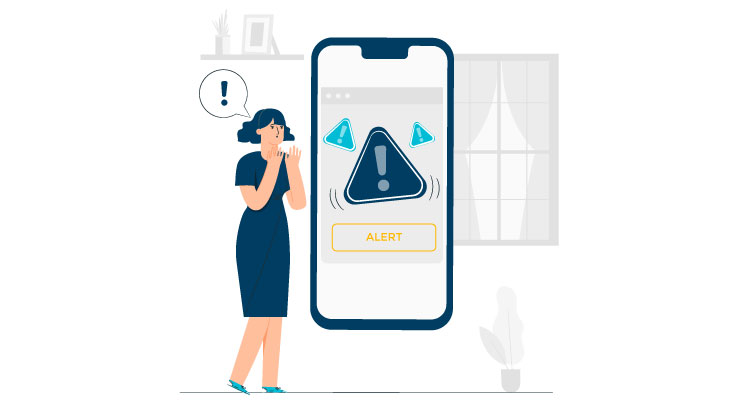Customers demand a safe and secure environment. This means providing protection from data theft, Identity protection, protection from account takeover fraud, and more. But, this is 1not a one-sided process. Both organizations and customers need to follow practices that keep them safe online.
One of the best things that banks and other businesses can do is make sure that customers have all the necessary information to keep themselves secure. Not sharing passwords, or OTPs, and using network networks are common online safety tips.
Just by being vigilant, customers can protect their identities online. As for banks, they need to have thorough checklists and tests to make sure customers are who they claim to be.
In this article, we’ll be going over tips that businesses can use to strengthen their ID fraud protection strategy.
5 Tips to Make Your ID Fraud Prevention More Robust
1. Go Back to the Initial Customer Interaction Phase
Customers of today want complete security and convenience. More and more customers want a convenient online experience. The second largest group of consumers demands to be recognized during online transactions. This leads to a seamless customer experience. If you keep adding friction to the process, it can cause you to lose more customers.
because of changing customer demands, they should be able to interact freely with the business. Letting customers do any activity they want can even lead to understanding customer behaviors. There’s no better way for you to gauge fraudsters than to understand customer behaviors.
If a business instantly recognizes who the customers are, it’ll be able to build defenses that can highlight fraudsters.
2. Understand the Expectations and Capabilities of Your Customers
With the new age of modernization in the banking industry, customers from all demographics, age groups, and income brackets have increased their online activities. This is giving way to a whole range of new digital solutions and marketing techniques.
But with increased online activities, comes an increased level of fraud risk. That’s not all, managing all customer expectations is a major challenge for businesses of all kinds.
This leads to all new types of education and support for customers who are new to digital banking. Educating your customers is the surefire way to make them more susceptible to fraud.
3. Leverage Technology to Boost Customer Fraud Prevention
According to the latest surveys, its shown that companies that are investing in new solutions to prevent fraud are getting great results. Adopting newer technologies helps businesses stay on top of all the latest fraud trends.
These investments are helping businesses streamline challenging processes such as:
- Customer onboarding
- KYC verification
- Address verification
- ID verification
- Utility bill verification
- Vendor/merchant onboarding and more.
They also help in preventing fraud by uncovering fraudulent users as soon as possible.
4. Outsource But Keep Fraud Prevention in Mind
Businesses that are scaling quickly and need to outsource to keep up with demand may be at risk of data breaches. Companies that carelessly outsource to other organizations may be at risk. Without proper due diligence, they may end up hiring companies that looking to steal sensitive data.
While outsourcing is a valuable strategy, it can also increase the number of ID fraud and frauds in an organization. To ensure security, companies need to hire companies and conduct strict due diligence.
5. Focus More on Activities that Build Customer Trust
Organizations that establish a good trust-based relationship with customers are more trusted. Goodwill follows them around which potential customers consider while onboarding.
Customer trust can be earned in a couple of ways. But, you can include fraud prevention as well into the mix. Some common activities include:
- Employing the latest fraud prevention solutions
- Multi-factor authentication
- Biometrics verification
Some reports suggest that customers want solutions that include passwords, One-Time Passwords (OTPs) sent to their registered numbers, and security questions. You can use any of the methods to ensure trust and boost productivity.





